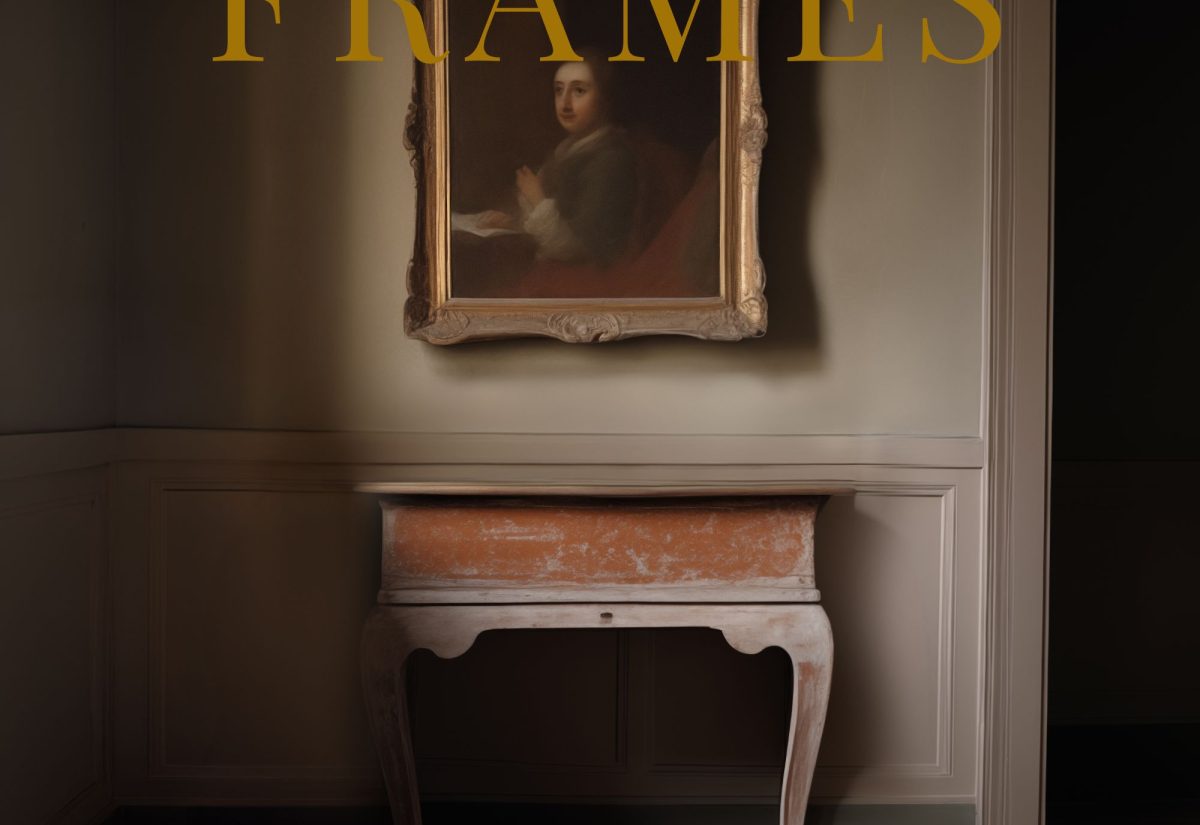Photographing plus size women presents a unique opportunity to celebrate diversity and capture beauty in its many forms. As a photographer, understanding how to pose, dress, and frame these portraits requires sensitivity, skill, and an appreciation for the intricacies of lighting, makeup, and fashion. In this guide, we delve into the art of photographing plus size women, drawing insights from master photographers on techniques that elevate these portraits into powerful expressions of individuality and beauty.
Printing and framing your photographs turns digital memories into tangible art, adding a personal touch to your space. It allows you to appreciate your images' details more deeply than on a screen. Classic techniques like using high-quality photo paper and archival inks ensure lasting beauty, while matted borders and wooden frames offer timeless elegance. Black and white prints provide a sophisticated look, and large-scale prints can create stunning focal points. These methods not only preserve your memories but also enhance your home's decor.
In our modern society, we drown in a sea of photos, with around 4,000 stored digitally, yet only a few, typically just four prints, make it onto our walls.
Rembrandt van Rijn, a Dutch Baroque painter from the 17th century, remains one of the most influential figures in the history of art. Renowned for his mastery of light, color, and composition, Rembrandt’s techniques continue to inspire contemporary artists, including those in the realm of fine art photography. In this blog post, we’ll explore how photographers today can draw from Rembrandt’s artistic legacy to create compelling and evocative images.
Plan For What You Want – Do you like lighter airy pictures, or deep moody ones? Is there a color theme you are attracted...
-Let’s talk about something important in photography that often goes unsaid – editing. Any “pro” photographer worth their salt definitely edits their photos. A “good” professional spends a lot of time honing their editing skills. Now, I wonder how many “amateurs” out there do the same? Before we dive deeper, let’s clarify what we mean by “professional” and “amateur.” Personally, I’ve been editing digital photos since way back in 1996 (back when Photoshop 3.0 was the thing!). However, I don’t consider myself a pro editor. I spend my days capturing photos of vehicles, making a living as a self-employed photographer at car dealers’ lots. If I were a Photoshop expert, I could probably name my salary because professional editors make a good living. Currently, I snap nearly 60,000 photos every year. And guess what? Every single photo gets its own round of editing – no exceptions. It’s not because my camera’s sensor isn’t “good.” In fact, the sensor is awesome! My time isn’t spent fixing the colors (unlike other digital cameras I’ve used over the past 24 years). Instead, I’m tweaking shadows, highlights, cropping, and straightening. Making those minor tweaks to get the color balance just right. Here’s the ratio: for every 1 minute I spend shooting, I dedicate 1.5 to 2 minutes to editing. Every single photo my customers see has been through this process. Why is it so crucial? Because editing makes all the difference.
Have you ever thought about working with an interior that features deep, rich hues that redefine the traditional boundaries of interior design?
If you’ve ever contemplated incorporating darker tones into your living space, you’re in for a treat. Deep colors can add a touch of sophistication, warmth, and mystery to your home.
Together, we’ll explore interior decoration tips focused on embracing deep-colored interiors and how to pair artwork with these luscious shades.













